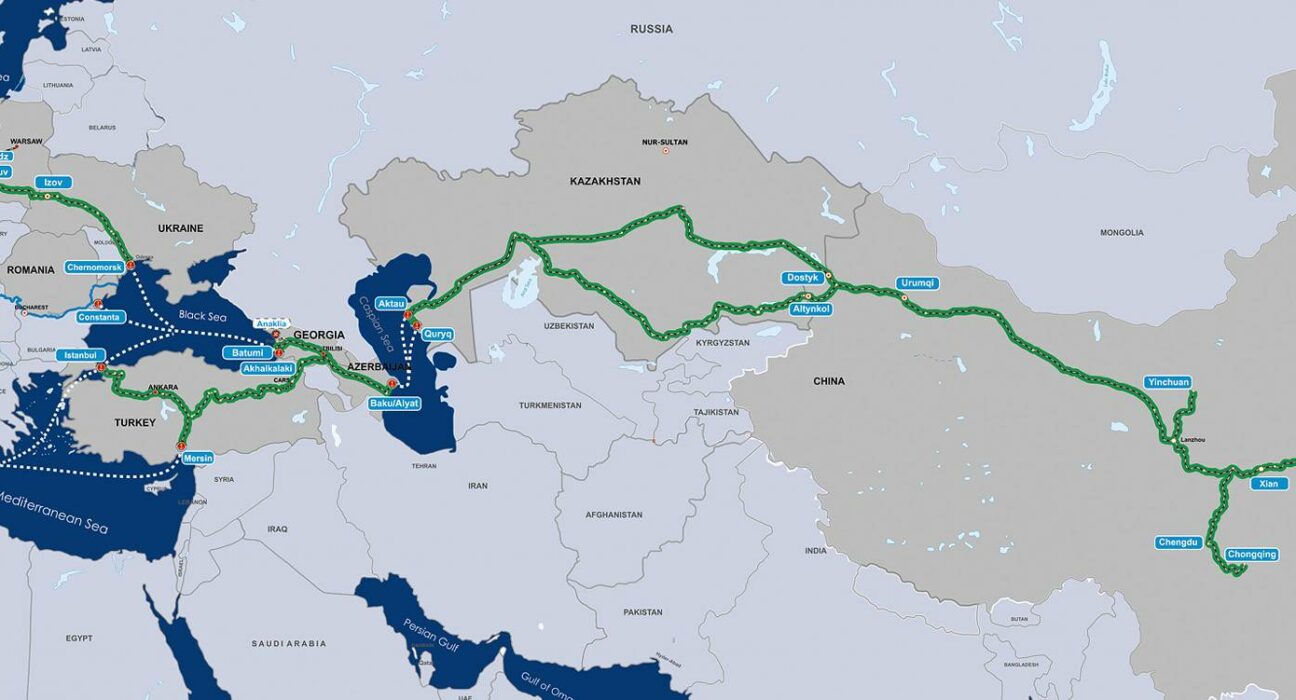In the first half of 2025, cargo transportation along the Trans-Caspian International Transport Route (TITR) reached 2.3 million tons, 7% more than in the same period in 2024, according to the Kazakh Ministry of Transport.
The TITR, also known as the Middle Corridor, links China and Europe via Kazakhstan and the Caspian Sea.
Over the past five years, freight volumes along the route has increased six-fold, from 0.8 million tons in 2020 to 4.5 million tons in 2024. Last year alone, the volume of transportation surged by 62%, and rail container transportation grew 2.7 times.
Projections suggest that freight volumes along the corridor could surpass 10 million tons by 2030.
The significant increase in container transportation was due to the automation of customs procedures: the passage of one container train through the customs now takes only 30 minutes compared to up to three hours before.
Kazakhstan has taken steps to develop transit and logistics infrastructure along the TITR. A container terminal in the port of Aktau was recently launched together with Chinese partners. The Kazakh-Chinese cargo terminal works in the dry port of Xi’an, China. New terminals are under construction at the Selyatino station near Moscow, in the Belarusian city of Svisloch, and in Hungary’s Budapest. In June, Kazakhstan’s first multimodal terminal opened in the Georgian port of Poti.
In a significant development, China began road transportation along the Trans-Caspian route. In 2024, almost 3,500 trucks were transshipped through the Kazakh port of Kuryk, and the figure exceeded a thousand in the first half of this year.
Kazakhstan also seeks increased cooperation with partner countries—China, Azerbaijan, Georgia, and Turkey—for the development of the Trans-Caspian Route. A key step was the establishment of the Middle Corridor Multimodal LTD in 2023 by Kazakhstan, Azerbaijan, and Georgia. The company provides multimodal transport services based on the “one window” principle.




